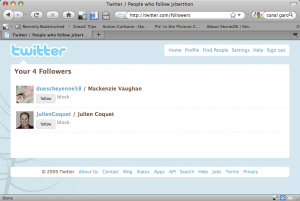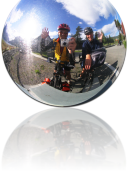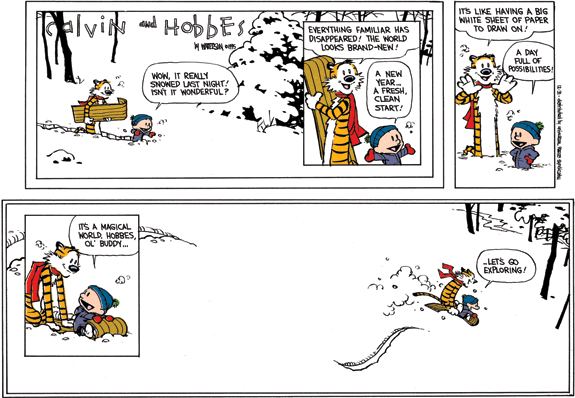First of all, as a free(dom) software advocate I am obviously biased towards all proprietary software makers. Anyway, this position can sometimes make me see things from a different perspective.
Now here is the big news these days: Microsoft had Windows 7 in pre-order for a bargain price, but only a limited amount of licences (e.g. 76 000 licences for France). And they were overwhelm by demands from users!?!
Wait a minute, how come overwhelm? Basically, many users (no numbers were published) connected to Microsoft servers to go through a couple of pages in order to pre-order Windows 7. Basically, this is just a few requests to some servers to download web pages (a few kilobytes). Does Facebook, Twitter, Gmail or even Windows Live (Hotmail, MSN, etc.) services just collapse because people are using them? In comparison, Facebook handles 120 millions connections per day!
So there are three solutions to the fact that Microsoft servers could not handle the amount of requests :
- Microsoft Windows servers are too poorly performing for such a job as handling web pages: obviously wrong as Windows Live seems to be able to handle such loads ;
- Because of the rarity of the amount of licences on sale, people rushed to be able to buy one. Thus, servers could be overwhelm by demands for a really short peek periods ;
- Microsoft purposely under-scale its servers for the big sell, so the web will relay the info.
First solution seems wrong. Perhaps it is a mix of the second and third solution, both can create a buzz around Windows 7 sales, and this is what exactly happened as many news related Windows 7 high popularity because so many people tried to buy it that even Microsoft could not handle their requests. Congratulations to the marketing guys, the operation reached its goal!









